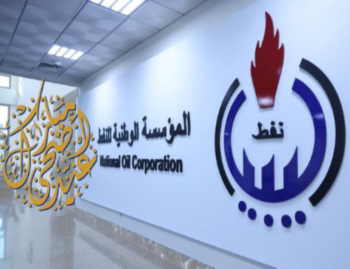Libya’s Oil Production Reaches Over 1.2 million Daily Barrels, Surpassing Some African Producers
Wednesday, December 21, 2022
Libya’s National Oil Corporation (NOC) has reported that its production reached 1.213 million barrels per day (bpd) on December 15 and expects this figure to rise, surpassing other heavy hitters in the continent.
Just a few days earlier, oil minister Mohamed Oun said the country was producing 1.2 million bpd on the sidelines of an OAPEC meeting. Oun added that the country is looking to ramp up production significantly. “We hope to return to 2010 levels, which was 1.6 million bpd, within two or three years,” he said.
In contrast to Libya, Nigeria, once Africa’s largest producer at well over 2 million bpd from 2010-2013, continued to slide down the production ladder and only produced 1.186 million bpd in November 2022, according to OPEC’s Monthly Oil Market Report released in December. The same month, Libya was at 1.133 million bpd but has hit over 1.2 million bpd as mentioned.
Angola, also holding the honor of Africa’s top oil producer at times, has seen its production slip over the years with its aging fields. Algeria, too, has seen a production dip. For November, Algeria and Angola were at 1.022 million bpd and 1.102 million bpd respectively, making it a tight race for the title of Africa’s top oil producer between all four producing nations. It should be noted that OPEC and non-OPEC members, collectively known as OPEC+, have agreed to production cuts in order to stabilize the oil price at a sustainable level. The production cuts agreed to from November 2022 through December 2023 for Africa’s top producers are as follows (adherence could vary):
-
Algeria: 1.007 million bpd
-
Angola: 1.455 million bpd
-
Nigeria: 1.742 million bpd
At present, Libya has an exemption and is not subject to production cuts until it is able to return to steady levels. OPEC is reported to be considering asking Libya to curb its production since its levels have seen a steady rise over the second half of 2022 despite frequent force majeure declarations.
« GO BACK
You may also like
